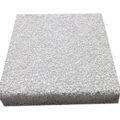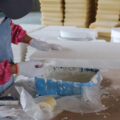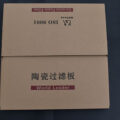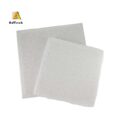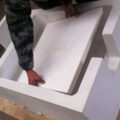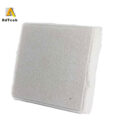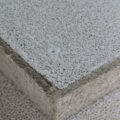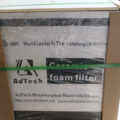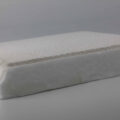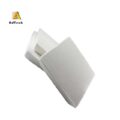A refractory foam filter is a filter that can withstand elevated temperatures and has an irregular network or a lattice of interconnected strands that define the interconnection. The holes or gaps between them allow multiple tortuous paths through the filter.

The reticulated foam substrate may be a polymer foam, such as polyether, polyurethane, or cellulose foam. The reticulated foam substrate is used as a template for the resulting filter, so its porosity can indicate the porosity of the resulting filter. Porosity can be defined based on the number of pores and the volume percentage of voids (pores) in the substrate. The porosity of foam filters is usually specified in terms of the number of pores per linear inch (PPI). For metallurgical applications, the porosity is usually in the range of 5 PPI to 60 PPI, and for most casting applications, it is usually 10 PPI to 30 PPI In the range. In fact, in the foundry industry, strictly speaking, the PPI of the filter refers to the PPI of the foam base material used to make the filter.
The pore size in the refractory foam filter is uneven, and the pore size is also affected by the foam impregnation method and impregnation level. For example, the average pore size of a 10 PPI foam is usually in the range of 4800 to 5200 microns, and the average pore size of the resulting filter made from the foam will be on the order of 1200 to 1500 microns. Similarly, for 30 PPI, the foam substrate has an average pore size of about 2800 to 3200 microns, while the average filter pore size is 650-900 microns. In terms of volume, the total porosity of the foam filter is usually in the range of 75% to 90%.
The shape of the reticulated foam substrate is not critical and generally depends on the intended application of the resulting filter. Generally, the reticulated foam substrate will have a round, square, or rectangular cross-section. A reticulated foam substrate with a circular cross-section will have only one first surface, while a reticulated foam substrate with a square or rectangular cross-section will have four first surfaces.




